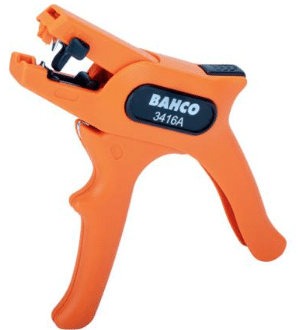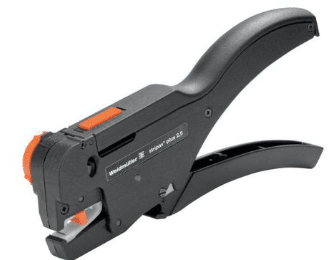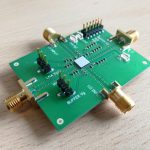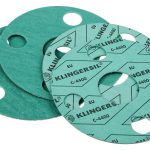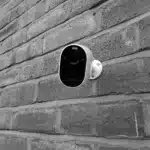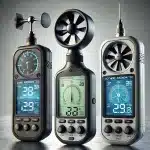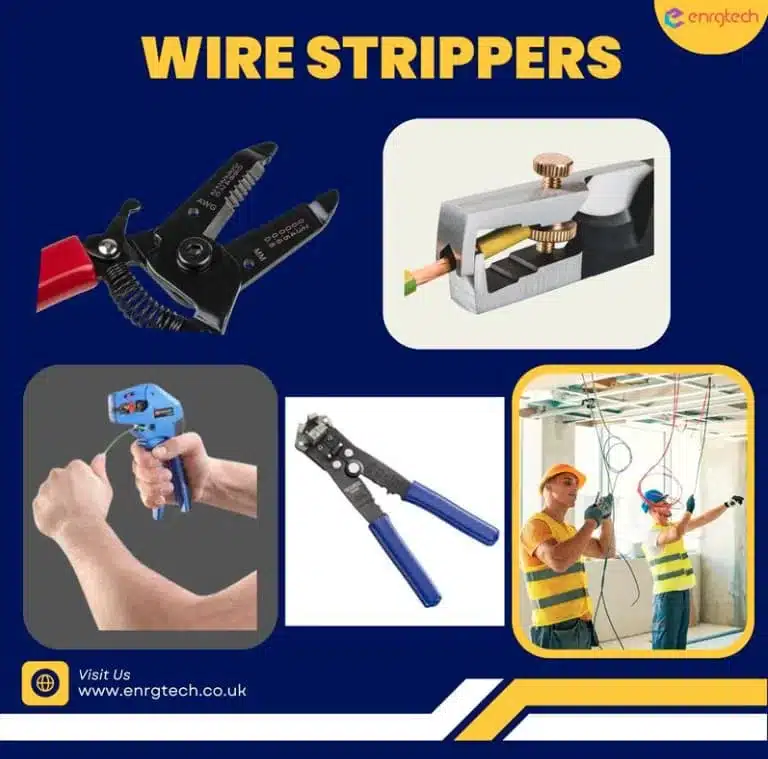
Introduction
In the world of electronics, cabling, and routine maintenance, precision and safety are not just a virtue—it’s a necessity. Also, every successful electronic project begins with one thing: a perfect connection. But achieving it isn’t possible without properly prepared wires. That’s where a wire stripper comes in; a compact yet powerful hand tool that ensures clean, accurate stripping of insulation without damaging the conductor inside. This article examines the essential role of wire strippers in modern electronics, cabling, and maintenance, highlighting the different types and applications that empower professionals to achieve perfect results every time.
What is a Wire Stripper and What Does It Actually Do?
Wire strippers, also known as cable strippers, are versatile hand tools built to remove the protective outer sheath or insulation from electrical wires safely and efficiently. These fundamental tools feature a series of notches or holes of varying sizes to accommodate different wire gauges. They come with sharp, precision-cut blades to strip off the insulation cleanly. A wire stripper is an indispensable handheld tool that carries out important tasks and enables professionals to prepare different wires for tasks like soldering, crimping, or connecting to terminals. These precision tools ensure reliable and secure electrical connections, improving efficiency during assembly and repair tasks.
Why Do You Need a Wire Stripper?
Using improper tools, like knives, scissors, pliers, and cutters, can easily nick the wire strands. A nicked wire reduces the cross-sectional area of the conductor, leading to increased resistance, heat generation, and a weakened connection that is prone to breaking. A proper wire stripper is specifically designed to remove the insulation from wires and ensure the conductor remains intact, preserving the integrity and safety of the circuit. In essence, a wire stripper is a specialised tool that promotes safety, efficiency, and the quality of your work in various electrical projects.
Standard Types of Wire Strippers Available in the Market: A Brief Review
Wire strippers come in several designs, each suited for different applications in electronics, cabling, and maintenance. Some of the popular types include:
Manual Wire Strippers – Also called handheld wire strippers, these are the most common types, designed with notched blades that match different wire gauges. They’re simple, affordable, and widely used in homes and workshops for small-scale electronics and light-duty cabling.
Automatic Wire Strippers – These self-adjusting tools automatically adjust to the wire and speed up the stripping process. They are extremely fast and efficient, reducing user fatigue and providing a clean strip every time. An automatic wire stripper is perfect for repetitive, high-volume tasks that require speed and consistency.
Adjustable Wire Strippers – As the name implies, these strippers allow manual adjustment for different wire sizes, providing flexibility for electricians who handle a wide variety of cables. They are preferred for mixed applications where wire diameters vary.
Thermal Wire Strippers – These tools use heat to melt insulation without physical force. They are used in aerospace and sensitive electronic applications to avoid mechanical stress on delicate wires.
Multi-Function Wire Strippers – These versatile tools combine stripping, crimping, and cutting features in a single tool. They are highly efficient for field technicians, electricians, and DIYers by saving time, reducing tool clutter, and enhancing productivity.
The Role of Wire Strippers in Electronics and Electrical Work
In electronics and electrical work, precision and delicacy are crucial. Damaging even a single copper strand can compromise circuit performance or lead to system failure. Wire strippers ensure:
- Accurate stripping without conductor damage
- Consistent results on small-gauge wires
- Compatibility with solid and stranded wires.
High-quality wire strippers improve assembly times for PCBs, breadboards, and microcontroller wiring, often used alongside components like connectors, resistors, sensors, and microprocessors.
Wire Strippers in Cabling & Maintenance
Wire strippers play a significant role in structured cabling, network setups, and power distribution systems. Tasks such as terminating Ethernet cables, preparing control panel wiring, or connecting motor controllers require:
- Clean insulation removal
- Multi-gauge adjustment capability
- Quick, repetitive stripping without fatigue.
When installing or maintaining systems using cables, connectors, contactors, switches, or LEDs, an efficient wire stripper minimises installation time while maximising reliability.
In both preventive and corrective maintenance tasks, wire strippers are critical for:
- Repairing damaged wiring
- Replacing faulty components
- Servicing thermal sensors, fuses, or power lines.
Whether working on HVAC systems, industrial machinery, or lighting circuits, maintenance professionals need wire strippers compatible with various cable types, including copper wires, coaxial cables, and fiber optics (with specialised models).
Bottom Line
A wire stripper is far more than just a cutter. It is a precision handheld tool that safeguards the integrity of electrical connections and, by extension, the safety and reliability of any electronic or electrical system. From ensuring safe household wiring to precision in PCB assembly, their role is irreplaceable. Choose smart, strip right, and maintain precision across every project.






